I have been to Thailand a couple of times, but usually, I had remained close to Chiang Mai to document the work of Lek Chailert, who works tirelessly to save the Asian Elephant from the horrors they face due to tourism and logging. In 2015, while leading a workshop for The Giving Lens, we traveled north from Chiang Mai to the remote border of Myanmar. Along the way, we stopped in small villages and walked the dusty streets, talking with the locals and learning about their lives in this remote and hilly region.
While speaking with the villagers, I noticed many of them had teeth that were a very dark purple. Some even had the same color running down their chin. I asked our local translator what gave them this unique look. He explained the tradition was thousands of years old.
The seed that comes from the local Areca tree is called betal nut. The hill tribe take the betal nut, which is actually categorized as a berry, and wrap a few slices in the leaf from the same tree. They add slaked lime and other flavors before chewing the finished package.
The effect of chewing the betal nut and betal leaf is described as a stimulant which warms the body and gives the person a heightened alertness. Of course, like anything that feels good, there is many negative effects that result from the long-term use of betle nut that resemble that of chewing tobacco. Cancer, asthma, and kidney disease are all common in long-term users.
But perhaps even more worrisome is the mental effect it can have, especially with people who have psychiatric disorders. Pyschosis has been know to deteriorate with the use of betle nut.
Despite its dangers, chewing betle nut is a centuries old tradition in Thailand, Laos, Vietnam and other Asian countries that is fascinating to witness first hand.



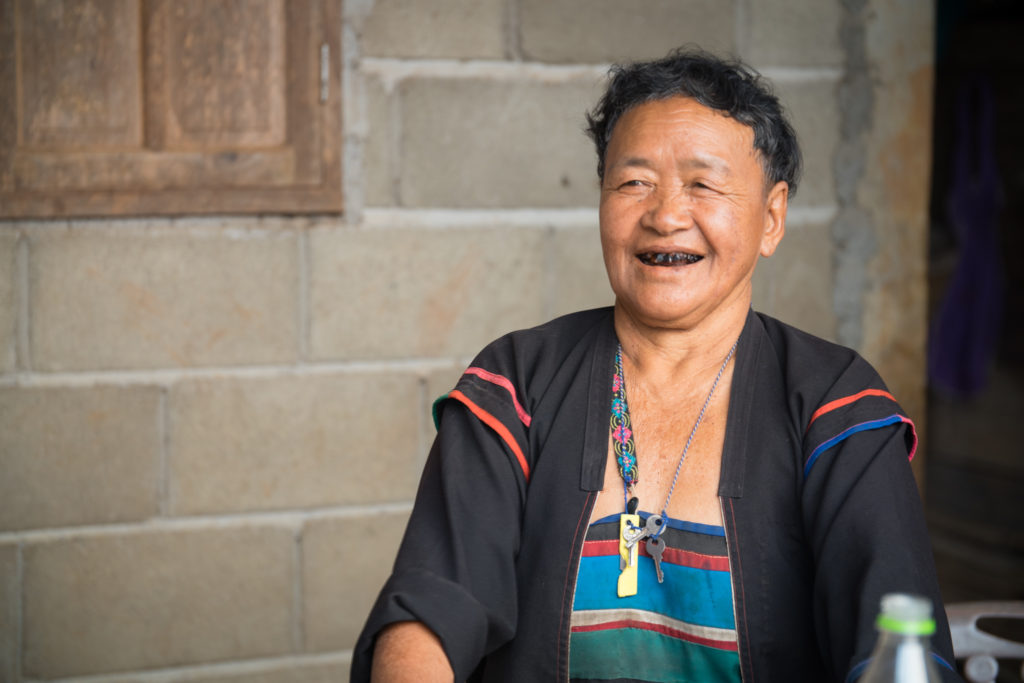
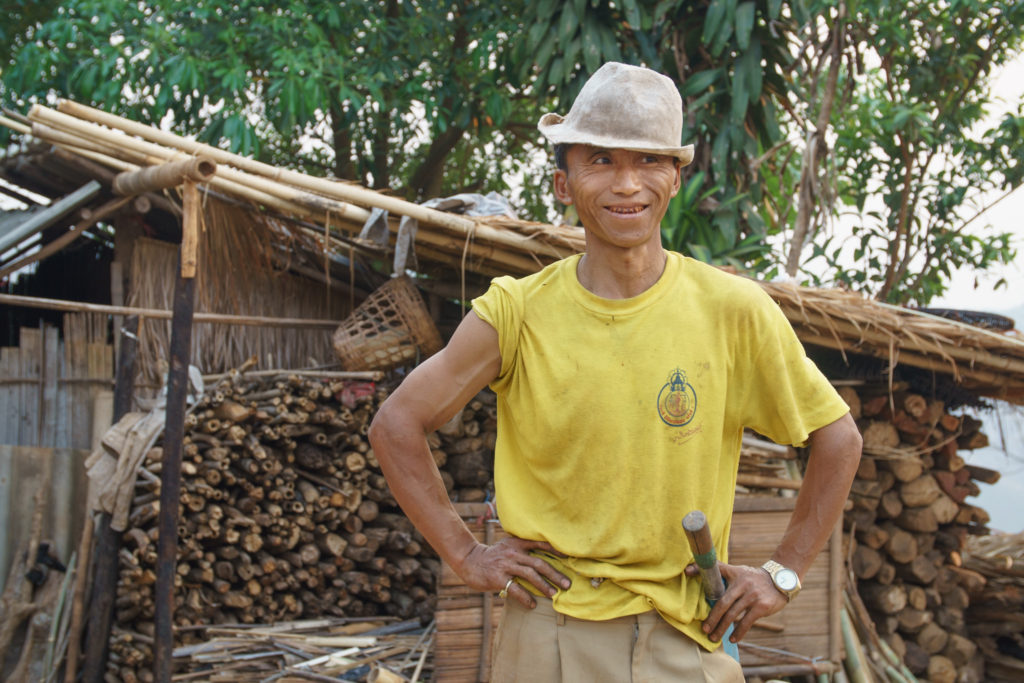


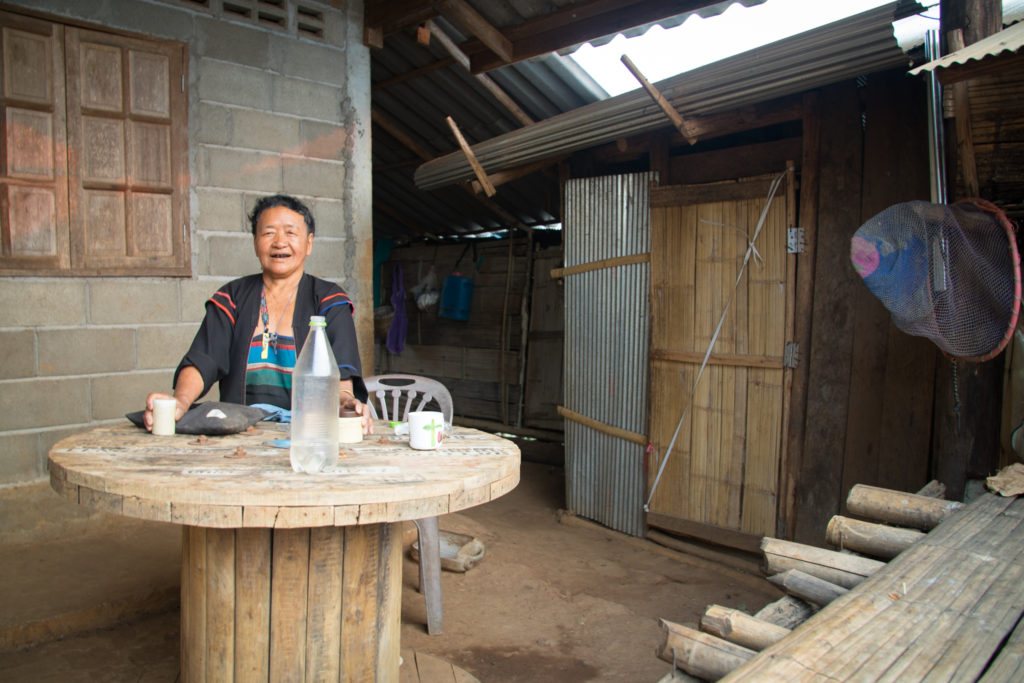
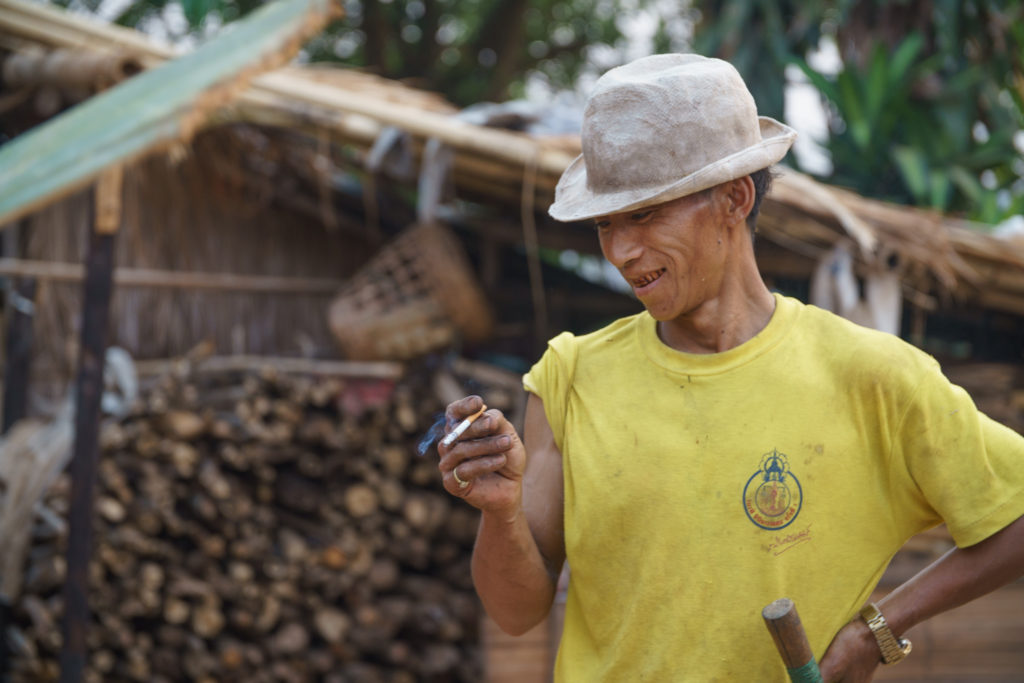
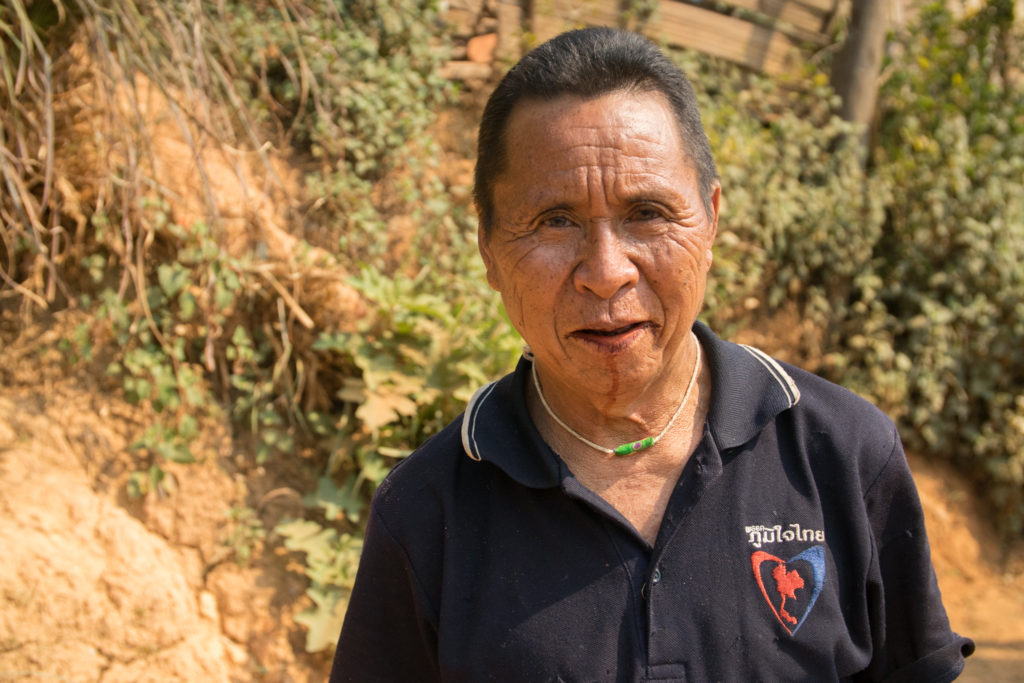
6 comments
tlv3jb
o7nene
w9c2px
qqjoil
6sdtzs
j9plyu